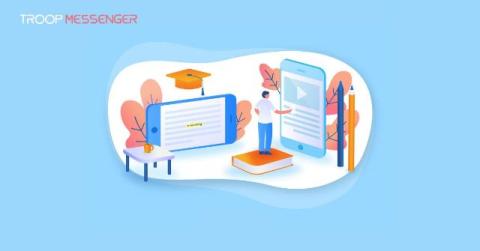The All-in-One Messaging Solution for Student Success
In today's fast-paced, technology-driven world, effective communication plays a crucial role in students' academic journeys. From managing group projects to staying connected with classmates and instructors, students need a reliable platform to keep everything organized and efficient. Enter Troop Messenger, the ultimate messaging solution designed to streamline communication, enhance productivity, and foster collaboration among students.










